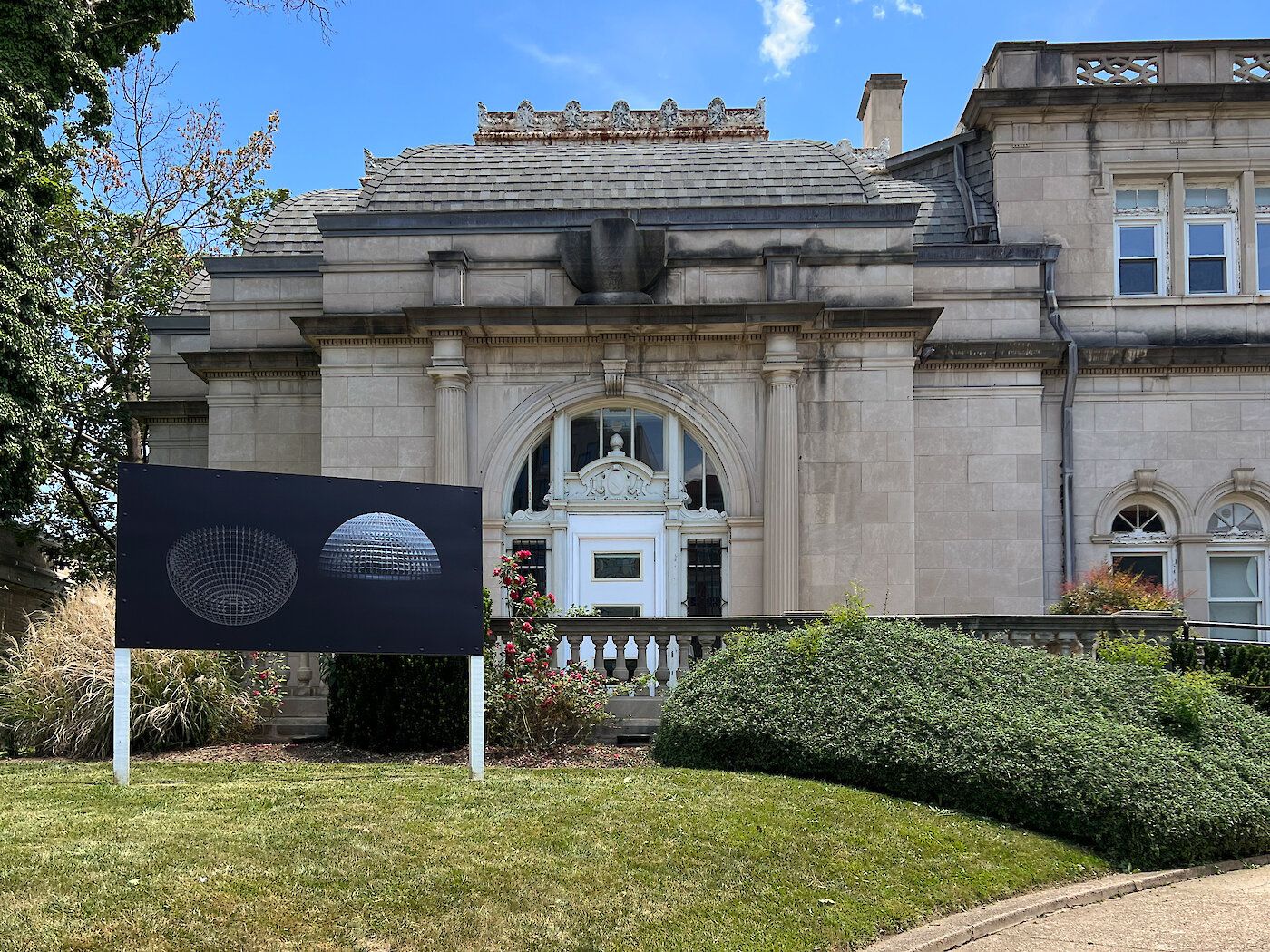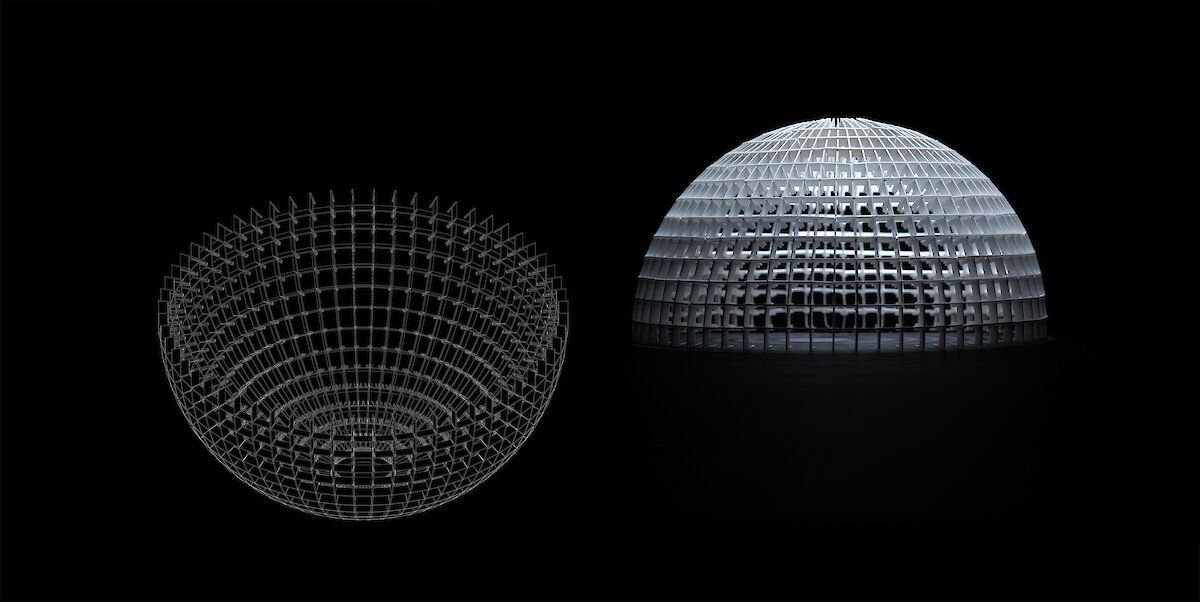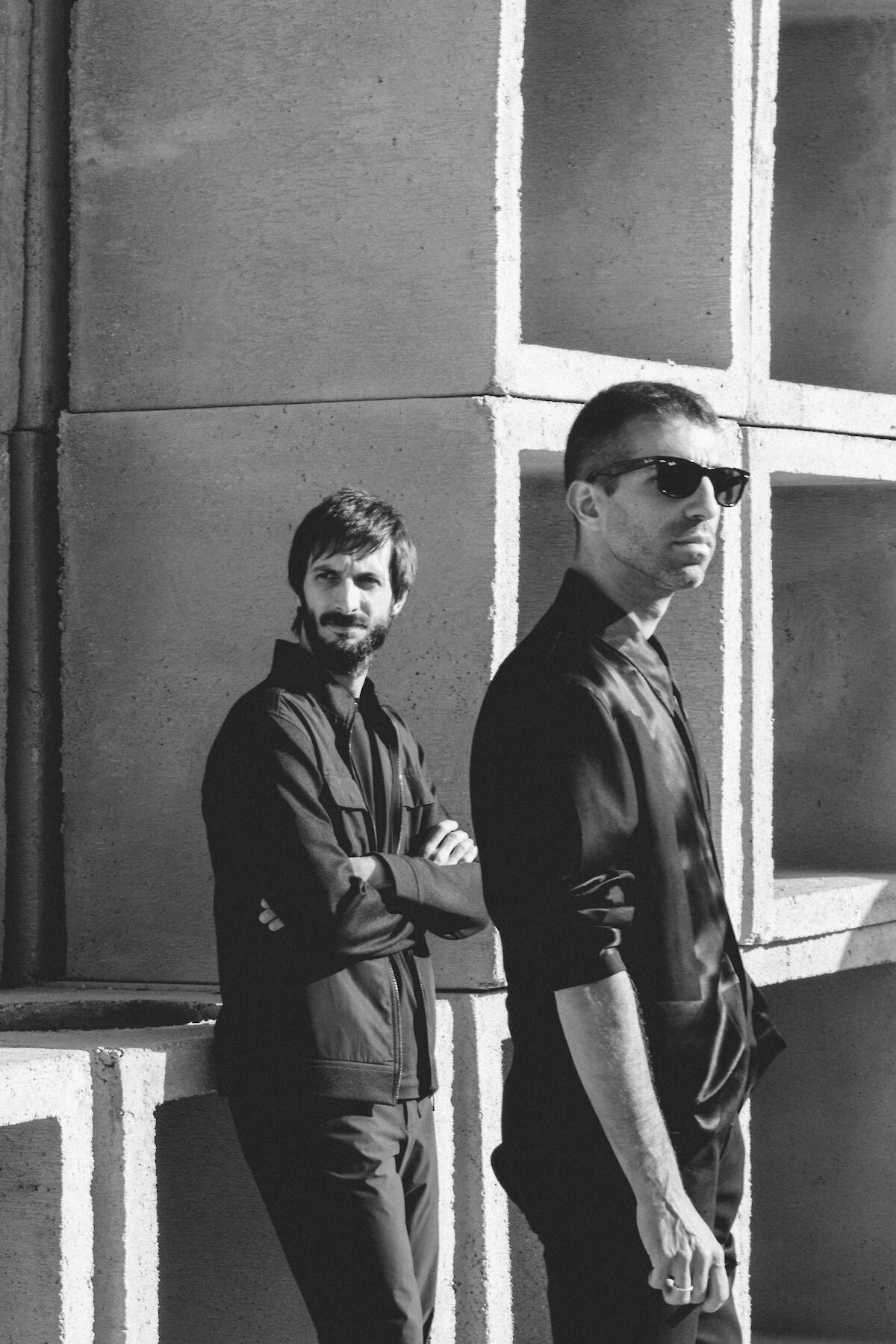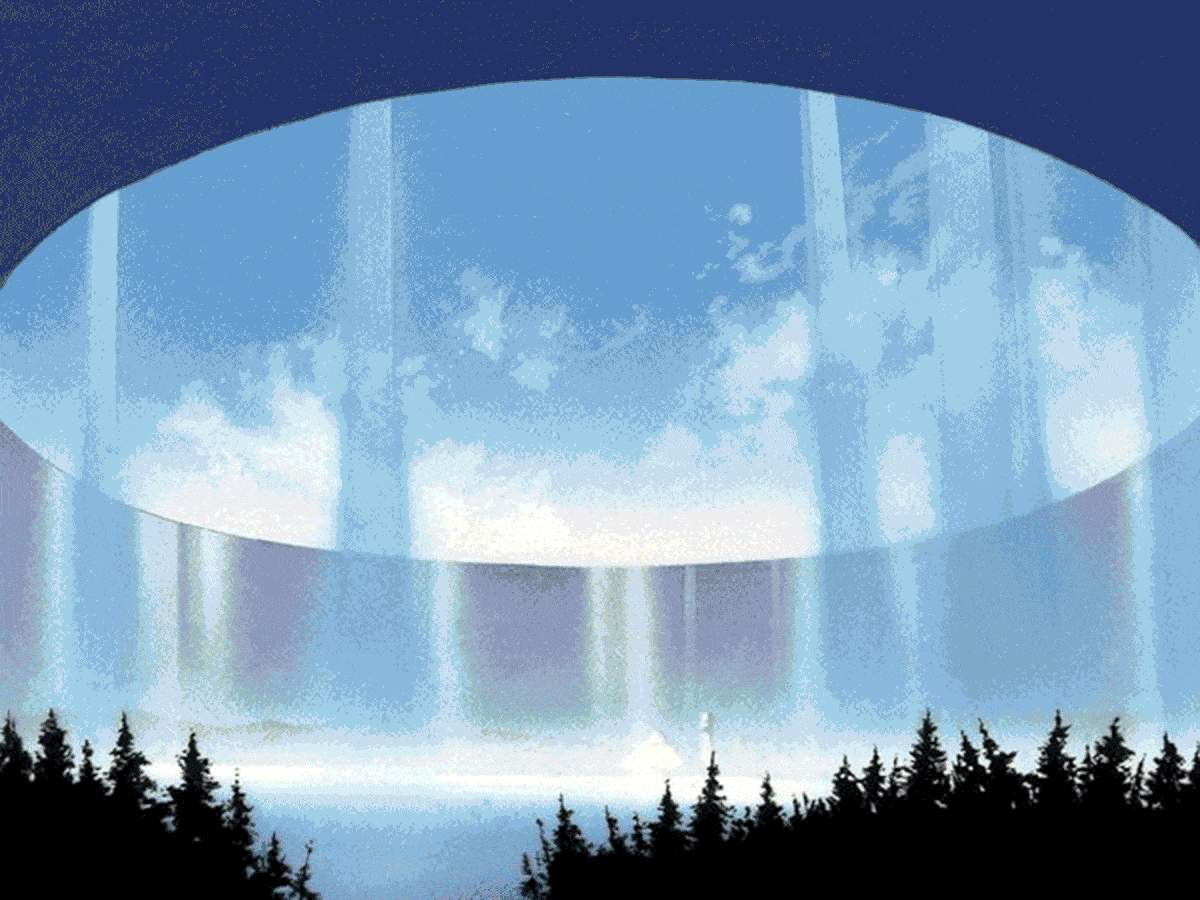MONTAJE
9 / 17

Repetition and systematization. The creation of matrices and the establishment of dynamics have been the historical foundations for taking on seemingly-Herculean tasks, which have remained as examples of humans’ ability to tame nature, to artificially impose a well-being-oriented development by building new facilities.
Historically speaking as well, the concept of well-being has had different meanings, depending on the population group you ask. However, again from a historical point of view, this issue has not been raised to all entities, but only discussed by those in positions of economic power. These ideologies served to promulgate and later embrace the impetus for development as industrialization and growing consumerism. Symbols have also been held up to celebrate the supposed achievements of this fast-paced and unempathetic movement, which goes to show that every superstructure implements typologies of infrastructures that support it.
One important thing in this debate is to take into consideration the advances that have a direct bearing on the improvement of basic living conditions, like water, food, housing or health, and leave them out of the discussion. Nonetheless, we cannot ignore that the ultimate purpose of these commodities —the extension to other fields that articulate modes of societies— focuses on the consumption and extractivism of nature, where humans are viewed as external actors with the ability to dominate it. The utopia of an “inclusive and sustainable” industrialization is presented as paradoxical.
MONTAJE focuses on one of the points suggested as part of SDG #9: Building resilient infrastructures, emphasizing each concept: Is it necessary to build more? Should we continue to build new infrastructure? What is infrastructure today? How is a sustainable, resilient and inclusive infrastructure defined and delimited? How is it implemented and executed? How are existing infrastructures upgraded and maintained? And, more importantly, who designs and builds them? For what and whom? How is the wealth generated by any construction process distributed? How are their impacts cushioned and mitigated?
To make us reflect on this, they have used the same synergies of the system, so as to highlight them: repetition and systematization. The original form is the same as the sign at the entrance of the Cultural Office of the Spanish Embassy, a structure, similar to that of a billboard —a simple steel frame structure of about 2 x 2 meters— infiltrates the information system, designed for consumption, for the distribution and intensification of the commercial imaginary, and not for reflection. It confronts its own structural limitations (material, economic, environmental) through an unresolved cyclical dialectic, characterized by the impossibility of execution, physical collapse or the impact on the environment, all of them consequences of an excessive Promethean ambition.
In this pursuit, the section doubles and unfolds in a series of arches and rings that give shape to a sort of domed prototype. A symbol, that of the dome, which has manifested itself in different stages as an element of dominion and power or entelechies and figurations, as can be seen in the animation of references that have nourished this project: from prehistoric to Romanesque domed structures, to the classical western reference of the Pantheon of Agrippa (Hadrian, 118-125 AD.) [Christian Norberg-Schulz. From a book published in 1975 by Praeger Publishers] and other major works such as Sant’ Andrea, Mantua (Leon Battista Alberti, 1470), Temple of San Pietro in Montorio (Bramante, 1502-1510), Cenotaph of Newton (Étienne-Louis Boullée, 1784), Buckminster Fuller’s Geodesic Dome [Geodesic dome patent (1954); Dome over Manhattan (1959); Geodesic Sphere (1975)], Structures (Sol LeWitt, 1965-2006) [Corner Piece 4 (1976); 13/11 (1985); Pyramid (1985)], The Continuous Monument. An Architectural Model for Total Urbanization (Superstudio, 1969-1970), Architettura Riflessa (Superstudio, 1970-71), Valley Forge Dome (Douglas Trumbull, 1972), Death Star I (George Lucas, 1977), Biosphere 2 (Synergia Ranch, Ed Bass & John P. Allen, 1985-2007), and Geofront. Neon Genesis Evangelion (Hideaki Anno, 1995).
This symbolic superstructure represents a contradictory human drive, our constructive, progressive and utopian need, and also our limitations and their consequences. Infrastructure as Superstructure pursues a political ideal of radical transparency: the literal visibility of the material infrastructure, of the support of the world, as well as its very symbolic superstructure.
Thus, MONTAJE intends to examine infrastructures on the basis of superstructures in local contexts with very specific realities that are so diverse, heterogeneous and even contradictory from a material, economic, ecological, technical and political perspective. Perhaps the answer should not focus so much on the reproduction of models of an inflationary superstructure, but rather consider the possibility of a degrowth approach or the search for vernacular solutions outside hegemonic thinking.
Collaborators: Kirolab, 3D printing; Víctor Hugo Martín Caballero, photography.


